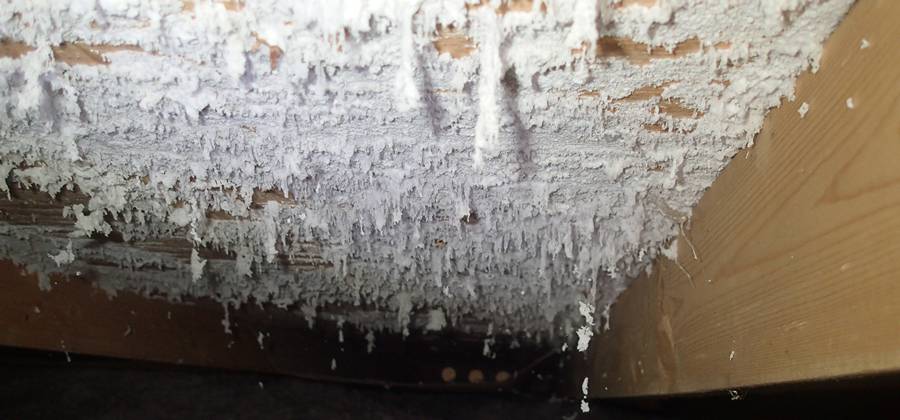 White Mold Growth in Your Home | Causes & Solutions - Environix
White Mold Growth in Your Home | Causes & Solutions - EnvironixExpertFOR IMMEDIATE SERVICE CALL: White Mold Identification and TreatmentIdentifying white mold growth in your home White mold growth, while a common problem in residential homes, does not receive the same attention as black mold. This is mainly due to the fears surrounding better known black molds, such as Stachybotrys. However, many white molds are still able to produce negative health effects and should be treated promptly. Curious with what kind of white mold are you dealing with? Read more before hiring a professional. Each has a preference for certain conditions. For example, stachybots usually prefer very saturated materials, such as sheet after a flood event. Because of these preferences, white mold growth is often found in the same location. Below are the most common areas. FurnitureThe growth of furniture is often white in color. In addition, the mould usually has a three-dimensional and blurry growth look. White mold growth on the back side of the closet. Clothes & Textiles Clothing, shoes, backpacks – when the mold attacks contents inside the house, it is often white or light green in color. This is especially true for leather items. The good news? It is easier to remove the white mold than the black mold. While the latter often leaves behind permanent stains, the white mold can often be completely removed. White mold growth in leather sandals. Textile, as backpacks are often attacked by white mold. Attic sheathing and framing The white mold tends to grow in high humidity environments instead of areas suffering from total saturation. That is why it is less common to see the growth of the mold on the base edge after a flood event. The vast majority of the attic mold is caused by moisture, so the white mold growth is common here. White mold growth within a atticCrawlspaces White mold is often found in two places in a drag space, exposed soil and lower parts of the soil joists. In cool climates, the growth of molds in floor joists is rare. But when it happens, it is often white in color. Heavy white mold growth in the joists on the floor. In wet climates, exposed soil in a drag space will often spread the growth of the mould. Typically this is due to a lost or incomplete steam barrier. The combination of an organic food source (dirt), excess humidity and limited airflow creates the perfect conditions for mould growth. In almost all cases, the white mould instead of black grows on the ground. White mould growing on exposed soil in drag space. Does the white mold lead to rotten wood? In short, no. Rot (dry rot, wet rot, white rot, brown rot) is caused by decay wood fungi. These are different from molds and are relatively small in number compared to molds. They need much higher levels of water available to grow. The name 'dry rot' is a complete denomer, since all rot requires high amounts of moisture. If you find the white mold growing in a construction material, it will not be transformed into rottenness. However, this does not mean that your wood does not rot. If you have a high amount of humidity, eventually wood decay fungi will seize. This will happen regardless of whether or not you had a growing mold beforehand. Heavy white mold growth in a drag space. Wood rotten by fungal growth. How can I differentiate the difference between white mould and effluescence? The growth of the white mould provides an additional challenge because it is often confused with effluence, a crystalline growth structure that is found on concrete surfaces and masonry. The chlorescence occurs when the water moves through a masonry structure, bringing salt without limits to the surface. When the water evaporates, a soft, white structure is left behind. This growth, although harmless, may seem very similar to the growth of the white mould. The white mould can be found anywhere the conditions conducive to the growth of the mould are present. Common areas of white mould growth include the lace of the attic and the frame of space. A trained mold inspector can easily determine whether the growth structure is white mould or efflorescence. In addition, effluence will normally dissolve under the application of a water fog, while the growth of the mould will not. Other useful distinctive features include substrate material. The chlorescence will only occur in concrete, brick or other masonry structures. If you find a white mold as a substance on the rock of the leaf or wood, you can certainly rule out efflorescence. Another indication, although imperfect, is the presence of a mold odor. The chlorescence is odorless, while the growth of the mould often produces a must smell. Efflorescence on ConcreteCan you use the color to identify the mould type? You cannot positively determine the exact type of color-based mould. To determine the specific type of mould, you will need. However, the color can be used to rule out certain types of mold. For example, Stachybotrys is always black. If you find a white mold growth in a pair of shoes, you can be sure it's not stachybotry. The same applies to chaetomium and other types of moulds. Unfortunately, many types of mould such as Cladosporium and Penicillium/Aspergillus come in a variety of colors. These molds can appear in all white or green to brown and black. This limits our ability to determine the exact type of mould by simply evaluating its color. To fully identify the species or genus of the mould, a sample should be collected and sent to a laboratory for analysis. A tape lifting sample is often the best method to determine the mould growth type. In the picture below is taken a sample of white mold of the attic pod. Laboratory tests determined that growth was Acremonium. White mold growth tape lifting sample. Is the white mold dangerous? Many molds can cause allergic responses in sensitive individuals. No significant growth area of the mold within the home should be considered safe. The proper identification of the underlying cause, removal and cleaning must be done regardless of the color of the mould growth. What tests are used to identify the white mold? Direct can be used to identify the white mould species. Direct sampling types include lifting tapes, swab and bulk samples. These samples are collected by a technician and sent to a laboratory for analysis. The lab will first determine whether suspicious growth is moulded, and if so, what kind of mold. Is there any special concern for mold rehabilitation when it comes to white mould? Your approach to cleaning moulds should remain the same regardless of color. Remember, many types of molds, including non-toxic moulds, are able to cause an allergic response. Because of this, the color of the mould is inconsequent. Many non-allergenic moulds are white, as are several allergenic moulds. Confusing the subject even more is the fact that we simply do not know the allergenic abilities of the vast majority of molds. Conclusion = treat them all the same.*Take care – I get a small sales commission through Amazon links. This helps to cover the operating expenses of the website (and answer your questions!) Your questions – Our answers*Take care – I get a small sales commission through Amazon links. This helps to cover the operating expenses of the website (and answer your questions!) Do you have a question? Ask him here and we'll post the answer below I'm in a 7-month-old twin bungalow. There is mold on each wall, most are black but a wall is whim and is a type of fungal growth on the top of the wallpaper, it seems that the rounded lumps of cotton wool. He's rented privately what is it and what should I do? If the mould growth is visible on each wall, it is likely to be a moisture-based problem. This happens when a home doesn't have enough ventilation. If the house has bad walls, the problem will be more serious. Due to the gravity of the growth of the mold, I recommend calling a local professional (but careful with the opportunist who gets overloaded). Meanwhile, I recommend improving your ventilation by directing your bathroom exhaust fan 24/7 and breaking a window if possible. This will reduce condensing throughout the home. If the bathroom does not have an exhaust fan, install a Panasonic WhisperGreen fan. Will concrete paint prevent the chlorescence from coming back? If the problem is quite smooth, painting the concrete will reduce or significantly reduce the return of the problem. However, if the problem is substantial, the steam movement will cause the paint to the bubble and shell. Make sure you use clean and prepare the wall and use a paint specially formulated for concrete. There are special coatings designed to stop the steam movement, but usually work better in the new concrete. It's always better to start with a moisture source investigation. For example, check the previous collapses to ensure that the water is directed from the concrete wall. Does the whitener kill the mold? Yes, the whitener can kill/disable the mold on hard surfaces. Look at this. However, bleach has several negative features (it has materials, unhealthy for humans, etc.) Therefore, they often use alternative chemicals as quaternary ammonium compounds. Organic and plant-based chemicals such as Benefect are also effective. How do you clean the white mold and drive it away? It is at the bottom of the wooden doors and the edge and the closets. It is critical that you first identify the cause of the mould. Without addressing the underlying source of humidity, the growth of the mould will return. No chemical can prevent the growth of the mould if the high humidity is present. Over time, the mold will simply grow on top of the new dust that is installed at the top of the cleaner/recoverer. Assuming that the growth area of the mould is quite small, the growth of the mould can be disassembled with a detergent/water solution. The most powerful ammomy compounds, such as bleach or quaternary ammomy compounds, are necessary to kill the mold. However, because you are physically removing the mold by scrubbing and cleaning, the power to kill the cleaner is not necessary. White mold growth can normally be eliminated without leaving persistent stains. If staining is visible after rubbing, you will have to sand and refin the material to address discoloration. My father died recently. There are several old pieces in your 70-year-old home that I would prefer to keep. If I remove the mold with the CLR Mold and Mildew cleaner, is it safe to bring them to my 20-year-old home that is not experiencing mold problems? Yeah, if you take out the mold spores thoroughly, there shouldn't be a danger in bringing the items to your house. After cleaning, you can see residual stains on the elements. Retention is much more likely to occur with black mold vs. white mold. This is not active growth and poses no threat to health. If the items are not porous, such as wood, plastic, etc. cleaning should be quite simple. There is no need for a heavy scrupulous. Just clean the items with a cleaning agent. If items are soft/porous, such as upholstered furniture, removing all spores can be difficult. I would recommend a professional for soft/porous items. I found a black mold all over my house. Is it safe to stay there? There are two questions you need answer: 1. Is mould growth currently affecting air quality? 2. What is causing the growth of the mold? If the mould growth is systemic, I recommend hiring a local company to inspect the home and collect a sample of quality of the interior air. 1-2 samples (not viable) should be sufficient to determine the severity of the problem. Make sure they also evaluate the cause of the mould (i.e., high humidity, humidity intrusion, etc.) It is critical that you determine the cause of excess moisture that is creating the growth of the mould. Meanwhile, keep a few windows open and run the exhaust fans from the bathroom 24/7. This will provide a constant inflow of fresh air and lower the count of the mold spoon while investigating. If you have asthma or are experiencing other serious symptoms, contact your doctor immediately. I just found the white mold on my basement couch and the wall to the carpet wall of only 1 year. Outside brick house. The first step is to identify the source of moisture. There are 3 possibilities. 1.) Steam emissions of the concrete slab. This occurs when the water vapor travels up through the slab. It is more common in older houses with lost steam barriers. This can cause excess moisture on both the carpet and greater humidity in the air. Increased humidity can lead to the growth of moulds in content like a sofa. 2.) Liquid water intrusions can have the same effect, but these are typically obvious (i.e., carpet is wet to touch) .3.) The second possible cause is excess humidity due to poor ventilation and insufficient heat. Suitable airflow basements and heat are prone to high humidity. Over time, this high humidity creates an enabling environment for mould growth. Action measures: Buy a relative humidity meter and monitor the HR. Remove the carpet in a corner and look for signs of water intrusion in concrete and carpet pad. Will the white mold cause rottenness in soils like subplant and stumps? Great question. Short answer = No, the white mold will not cause rottenness. Long answer. Rot is caused by decay wood fungi. These are not considered molds and usually require much higher levels of humidity to bloom. They also require much more time to grow. Although the mould can grow in a matter of days, the disintegration of the wood usually requires months of saturation. The prevention strategy is the same for both – getting rid of excess moisture. While there are many thousands of mold types, only some types of fungi cause rot of wood. If you notice that the white mold grows in your subfloor, that mold will not become decomposed wood fungi over time. Our family just bought an online bed. It was delivered and in the head, there are some white substances of blurry appearance and we are a little cautious. Is it possible to say it for the photos? Based on the picture, it certainly looks like a white mold growth. If you need definitive tests, I recommend a tape lifting sample kit. I need to keep my shoes in plastic shoe boxes due to lack of cabinet space. If you drill holes in the boxes it would be enough to keep the humidity down? You're on the right track. The drill holes will allow the shoes to breathe (always don't put them wet). You will also need to make sure that the cabinet does not have excessive humidity. Make sure that there is at least one 1/2′ air gap between the bottom of the door and the floor/folder. If it is an old home with unsulated walls, you may need to keep the door cracked slightly to allow the heat to enter the closet. If the humidity remains a concern, consider placing a Damp Rid unit like or . Hi, I have this white/growth color grown all over my house and I was wondering if it is a type of cast off. No one (my owner, spouse, children, neighbors) believes it is difficult to confirm the picture completely. Does it look blurry? Is it cleaned with wet paper towel? If so, it's likely to be moulded. If it is crunchy or difficult to clean, it is not mould. I recommend a tape lifting style test to confirm if it is mould. If the test is positive, hire a local inspector to identify the source of moisture. The growth of the systemic mould as this is usually due to moisture. Buy one and try to keep After many years of having this wall I have noticed this blurred white thing in the painting. This is a painted wall decorated in my hall, my shower is behind this wall. Could this be a leak of some kind of shower? Here are some pictures. Yeah, it looks like a mold growth. Especially considering that there are plumbing on the other side of the stone leaf. We can rule out condensation, because it's an inner wall. I recommend checking the wall with a moisture meter. If you're above 20% M/C, you're likely to have a leak. Then you will have to determine whether it is due to a supply line, drainage line or shower wrap. I was in my attic and I saw this. Is this mold? Yeah, that's very likely mold growth. The amount shown in the photo is quite minimal and would not cause structural degradation. If the growth of the mold is systemic along large portions of the attic, it is likely due to a continuous condensation problem. If you are only in a limited area, it can be due to original construction or a past, an incident from time to time (mold does not fade over time). If the mould growth is systemic, I recommend evaluating ventilation (fridge and sophyte). In addition, check the disconnected bathroom fan ducts and lack of air seal on the ceiling. Hi, this has come out of the holes in my air brick. You know what it might be? Thank you. This seems to be a blown glass fiber insulation (eflorescence would dissolve with water and mold would not have this type of structure). It is quite unusual to see forced isolation through a vented brick. Was the wall recently refurbished with isolation? If so, the process could have forced isolation through the holes. Hello, the attached image is of a growth on a wall of the inner corridor next to a door. He's been there for a while, and the last time I redecorated about six months ago I spit in this corner, filled it up and decoated it. But he's back. It doesn't smell and this is the only place in the house that exists. The house has suffered from condensation in the past but since I installed a PIV unit we no longer have condensation. Any idea what this might be? This is a little strange. Looks like a distortion caused by a water intrusion. Condensation would not occur on an inner wall. Therefore, water must come from a liquid source (break/purgation function, etc.) I recommend renting or borrowing a moisture meter to verify the presence of water and track the path to the source. If there is a bathroom above this area, check around the toilet and shower with a moisture meter. If it's the upper floor, check the attic for a ceiling leak. This is an internal wall in a prefabricated built bungalow. No water pipes on this wall. It's a plaster wall. Could it be rising humidity? Increased humidity (coil action) will only occur if this wall sits on a concrete slab. If there's a drag space under this floor, you're not dealing with hair action. You'll need a moisture meter to check the moisture source. These can often be rented in local building rental stores. If it is dry, it is likely that the mould is due to the wet materials during the original construction of the wall. Because it is an inner wall, the condensation is improbable unless the RH interior is extremely high. If it is wet (and there is really no plumbing on the wall), you may have a ceiling leak. Although rare, I have observed that ceiling leaks travel through the walls without leaving obvious damage to the ceiling. I can't see the mold or the wet on any wall or solid wood floors of my 102-year-old home, however the black footwear both plastics & leather have a white film (such as dust/dust) on them. Is this mold? Assuming the shoes are stored in a closet, it is likely that the mold growth. The growth of the white mold in the shoes is almost always due to high humidity. Cabinets in an old home often suffer from high humidity due to lack of air and heat flow, combined with poorly isolated exterior walls. Keeping the closet door slightly open is enough to solve the problem. This will allow heat to enter the area and moisture to escape. It can also help dry by installing a moisture absorbing material like Damp Rid. He recently brought home boot molds that were exposed to NE flooding. Trying to save them. I see small amounts of white in them. White mold? They haven't changed since they came home four days ago. We brought them in our basement. Was it a dumb move? Any way to save them? They can be rescued, but it will require heavy cleaning. First, treat them with a mild like Benefect. After drying, it aspires any three-dimensional growth (does this out – as some spores will do through the filter). Finally, lightly sand the wood to remove any staining of sand molds. Use a mask during cleaning to minimize your exposure. Does the white mold become brown when it dies? No, the color of the mold doesn't change. Instead of describing it as 'distinguish' we classify it as active vs. inactive. When moisture is removed from the area, the mold falls asleep/inactive. As a seed, it can grow once the humidity returns to the area. I recently renamed a bathroom. There's new socket, plaster and paint. In this area, the wall started bubbling. When we got away from the loose paint, there were white "things" that grow when they retire. This wall is next to the bathtub/shower. Is this mold? What should I do? This doesn't look like mold growth. It seems to be mud/plaster deformation due to excess water. I recommend researching more with a moisture meter. Your goal is to identify if water is 1.) Entering the wall from the back (Is there plumbing on this wall?) 2. Corriente due to splashed water during shower use, or 3.) Excessively wet mud/plaster was used during installation and deteriorates as it dried. If it is the last option, the moisture meter should show lower humidity content levels with every passing day. Hello we had been smelling a moldy odor for about 5 months when we looked at the space of the drags all the lower dirt was covered with white tat mold is what we should do the smell comes in the really bad heater vents. The growth of ground moulds exposed in the drag space is common. That's why it's critical to completely cover the floor with the 6 thousand polys sheet. This will prevent mold spores (and smells) from entering the home. I also recommend air sealing any penetration into the drag/subfloor space. This will greatly reduce the amount of air flowing from the drag space to the home. In most estimates, 35% of the air in the main part of your home comes directly from the tracking space. I'm building a new house and we haven't even moved in and we realized this week. Unfortunately, this is quite common in the new construction. There are a couple of possible causes. Subflower and joists often saturate by the rain before the ceiling is installed. During the following weeks, mould growth forms before construction materials can dry. Another common cause is the soil exposed in the drag space. Most builders wait until the end to install the steam barrier. If the floor below the house is wet, this can create high humidity conditions in the tracking space. Over time this will cause the growth of the mold in the joists. I discovered it in the drag space. You wonder if you know what kind? We used the fog machine with mold control and came back. Interesting growth profile. It seems that the mold is only growing in a specific substance adjacent to the joist. I can't say what's in the picture. Any mibicide (such as a quantrian or benefect ammomy compound) will kill the mold. To avoid growth, you will need to remove the source of moisture. Something is causing excess moisture in this specific area. It also looks like you have black mold growing on the bottom and side of the joist floor. If this is systemic throughout the drag space, it is likely to indicate excess moisture/poor ventilation. Hi. I've recently noticed this on one of my walls that I'm not sure what it is and my landlord is doing nothing about it. Can you risk an idea of what I'm dealing with? I'm 4 and I'm worried about your health. This seems to be the humidity of a water leak (unlike a moisture-based problem). I would insist that your owner hire an inspector to investigate the problem. A moisture meter will determine conclusively if it is from a leak. The amount of mold growth at this time seems minimal, but it will probably get worse over time. Note – the growth of the mould will be worse at the back of the rock of the leaf. Hello! I recently moved into a home and I'm starting to move in furniture from my parents' house. The piece that worries me most is a wood and particle board king size bed that has many drawers, nooks and crannies, etc. It was stored in a garage and would say that about 60% of it has been affected by the white mold. I sprayed it with vinegar and cleaned it. But I'm very skeptical about whether or not I can successfully kill the mold in it. I wonder if I should call it a total loss or if it is possible to kill the mold. Besides, how do I know if I've killed him successfully? Is there a period of time I have to wait to see if it grows? Yes, it is possible to eliminate the growth of the mould. As you pointed out, the difficulty is to reach the cracks. There are two primary cleaning techniques that can be used: HEPA aspiration and moisture cleaning. The aspiration is good to eliminate the three-dimensional growth of rough surfaces. The wiring with a mild man becomes better with a mild man like Benefect. Fortunately, because you are dealing with a solid surface, you can easily judge the success of your cleaning. If you have thoroughly cleaned the area and see no surface growth, you are done. This is more difficult to determine with completely porous surfaces such as upholstered furniture or carpets. With wood, it's simple. As for concerns about future growth, the mould will not return unless the wood finds excess moisture again. What are the causes of this mold in a closet on an external wall. This is probably due to poor ventilation and insufficient isolation. This leads to a cold point in the corner of the closet that causes the condensation. Over time this creates an enabling environment for mould growth. If possible, improve isolation in this area. If not, create better airflow by removing content and maintaining a 3-4′′ air gap between its elements and the outer wall. Improve your overall ventilation in the house can help a little (such as replacing your bathroom exhaust fan with a constant flow unit). I've had all my items in a storage unit controlled by the inner weather for 11 months while I keep for a home. I hadn't been there for a few months and I found these white spots where the dust would be. It was present higher in the unit and in wood and leather. It doesn't smell like must. I've cleaned it twice in the last two days with alcohol. I wonder if my belongings are safe there for next year and what I can do to avoid it. Thank you. This is complicated. It looks like a mold growth, but the pattern is unusual. I'd pick up a sample of white substance tape and release it in a local lab. In addition, buy a relative humidity meter to check the RH in the storage unit. You should stay below 55%. Long short story I think I have both efflorescence and white mold. A while ago I noticed that I grind through all my shoe belt bags and other items in my CEDAR LINED CLOSETS in the garage and later some bubbling under the paint, as well as crystalline areas growing in the basement so I went crazy and attacked with killer mold, lye, ammonia, vinegar, lemon, tea tree oil, baking soda (and probably many other things) I recently noticed a pair of expensive shoes that I had only used perhaps three times that were hanging on a well ventilated shelf behind my bedroom door had white mold on it. I was horrified. Since then I have noticed that other shoes that I have never used and that have not had contact with the other shoes have also been infested. I'm devastated and I hope you can give me the hope that I can get a handle on this and avoid propagation/return. It is quite expensive and the shoes go from latex to leather reg to sue the templates to some that are even nylon. you could use the same product in everything or probably not. I've sent only a photo of sweat and latex shoes, as I can only fit a picture. In most cases, this type of mold growth is due to excess moisture. While cedar will help prevent mold growth on walls, it will do nothing to prevent growth in your clothing, shoes, etc. Damp Rid-style packages can help, but you probably need to take more extensive measures. First, you'll need to monitor the humidity. Buy a relative low humidity monitor and place it in the closet. Its objective is to keep it below 55%. He might need a dehumidifier to keep it under this number. Once this is reached, the chemical cleaning will not be necessary. If you need to clean the past mold, using something like Benefect. You will also want to check if you have steam emissions or other water intrusion problems. Contact a basement drainage / waterproofing contractor and have to inspect the area. Thank you so much for this article! After reading this and seeing the photos of others comment I am 100% sure that the back of my bedroom has white Mold. We've tried to get rid of it previously using bleach wipers and a mild and mild mold spray but it keeps coming back. We use dehumidifiers and try to keep the window open but the back wall where the entire Mold is really wet. To the point the double shot on the wall keeps the house short. Is there any suggestions about how to permanently get rid of the Mold and prevent it from coming back? This level of mold growth is probably due to a water intrusion (unlike moisture). The best way to definitely verify a leak is with a moisture meter. Wait until you experience a significant rainfall event to make sure you identify any leak. Scan the area with a moisture meter without pins. These can often be obtained from a rental business for local contractors. If everything else fails, cut a small hole in the rock of the leaf. If there is mould in the back of the rock of the leaf, you have a liquid water intrusion. If it's just the side of the wall room, it's a condensing problem. This will also give you the opportunity to evaluate the level of isolation within the wall. I still find white mold in dark-colored clothing in several cabinets last year. We've lived in the house for 23 years and never had this problem. We kept the house in 76F in summer and 68F in winter. We live in the south where humidity is high in summer, but this happens even in winter. We've been looking for roof leaks, and we haven't found any. The closets are over a finished and unfinished basement. Any suggestions about finding the source/cause of the mild one? This sounds like a moisture-based problem. I recommend buying a relative humidity meter and mounting it in the closet. If it is consistently higher than 70%, it is likely to be the cause of the mould. Cabinets often suffer from a movement of poor air, leading to high humidity. Keep the doors of the closet open a little to allow the flow of air. If this is not possible, considering replacing the doors with a dazzling model. Also, make sure that there is enough space between the contents to allow the circulation of the air. Its winter heat level is sufficient (68F). Increase your ventilation to the house when the outside air is cooler than 68F. The easiest way to do this is to run your bathroom exhaust fan continuously or in a programmable timer (i.e. AirCycler SmartExhaust). During the summer the only way to reduce humidity is through its air conditioning/dehumidification. If you continue to see mold problems in summer, despite opening the doors of the closet, I recommend hiring a HVAC company to evaluate or replace the air conditioner. Hi, I'd like to start by saying thank you for your page that's very informative. I moved to a private rental property about 18 months ago. There was a little black mold. Around the windows, on the walls in the fridge and freezer (integrated). I've never been able to get rid of the black mold recently even though I regularly clean with bleach and use dehumidifiers. I have recently noticed that the white mold grows at the bottom of my wooden furniture and the black mold in the dog bed located in my main room. Could the mold grow on my carpet? None of my furniture is touching walls? Based on your description, this is very likely a moisture problem. Every time you see the mold growth in multiple places (e.g., windows, bed linen, furniture) it is almost safe a moisture problem. I recommend buying a relative humidity meter. See guidance at the previous entry. The growth of the mould on the carpet requires a little more research. Is the carpet in a concrete slab? That's right, you need to check if you are dealing with steam emissions through the concrete. This is very common. There's good information on our page that you should aim in the right direction. It is possible that the growth of the mould on the carpet is moisture. This usually only occurs in homes with very high humidity. As for cleaning, it is certainly worth it, but it will only pose the problem. The only way to completely stop the mold growth is to solve the humidity problem First of all, thanks for this great site! I'd call you to come to my house if we didn't live on the opposite coast! I feel like a real fool now. I was very proud of myself for not running our air conditioning all summer. But now I'm looking at mold in our furniture. I was cleaning up the furniture with a vinegar solution, but I think so I read here I need to use something stronger. My main question for you is if I need to be worried about the inside of walls, carpets, curtains, etc. Besides cleaning the furniture, do I need to fix some kind of mold remediation in my house? I'm sure this was just moisture. There was no intrusion of water that would have affected the furniture. It just opens windows and a very humid summer. I moved your question and answered the page. We moved into our house a year ago. It's just a 3-year-old house. We just noticed what we think is the white mold in many of our items stored in the entire basement. Is this mold? And should we call a pro or try to do it ourselves? I still find more and more items with this substance in them. We recently had the sharpened basement for fleas as well if that makes a difference. This is due to high humidity in the basement. Typically this occurs due to lack of heat during the winter months. The lower temperature leads to greater humidity, which in turn causes the growth of the mould. The easiest solution is simply to increase the basement temperature. In addition, install a relative humidity meter at a central location. Its goal is to keep the HR low 50% during the winter months. In addition to increasing the temperature, you may need to actively ventilate the basement. Making an existing bathroom exhaust fan work can achieve this. If there is no bathroom fan, you can install an escape fan mounted on the wall. This is under my wooden bed frame. Any idea what this is? This looks like a white mold growth. If the room is on a concrete plate, I recommend to investigate the area for steam emissions. If not, the problem is likely to be related to the high humidity throughout the house. Depending on your climate, this can be treated either by increasing your ventilation or by installing a dehumidifier. If the problem occurs during the winter months, increase the ventilation. If it occurs in the summer, use a dehumidifier. We have this strange blurred/fluffy white color and type of dust that seems to be growing at the bottom of the kitchen cabinets. It's only in the top cabinets on each side of our stove. When you press between your fingers it almost becomes a dust and disappears. When we touched the parts they broke and floated through the air like fake snow. What could this be? This is weird. The loosening and floating in the air doesn't sound like mold growth. This is one of those very rare cases where I would recommend testing the substance. It is possible that it is due to the boiling of large amounts of starch foods such as potatoes, noodles, etc. Consider updating your range hood to a higher CFM model to ensure that all steamers run out during cooking/boiling. Hi, I'm turning my VHS ribbon families into digital and some have what they seem to be white mold. You know the guy who grows on tapes? This is a long process that will last a few weeks, how is it better to store the tapes and the VCR? Is there anything I can put around the tapes to help reduce the spread to my place? I wouldn't worry about identifying the specific type of mold growth. Remediation and prevention is the same, regardless of the species. Your need to lower the humidity in the area these tapes are stored. The objective of relative humidity of humidity problems is usually worse in cabinets or cabinets, due to the poor air current. Try to move the tapes to an area that is most actively conditioned/heated. Ready to talk to an expert? For customers in West Washington or schedule a time for us to call you back:
One step further Please complete the security control to access www.masterclass.com Please wait while we're checking your browser... Redirect... Please turn on JavaScript and reload the page. Please activate cookies and reload the page. Why do I have to complete a CAPTCHA? Completing the CAPTCHA demonstrates that you are a human and gives you temporary access to the web property. What can I do to prevent this in the future? If you are in a personal connection, as at home, you can run an antivirus scan on your device to ensure that you are not infected with malware. If you are in an office or a shared network, you can ask the network administrator to run a scan through the network looking for malformed or infected devices. Another way to avoid this page in the future is to use Privacy Pass. You may need to download version 2.0 now from the . Cloudflare Ray ID: 62dcfd8c4d08c395 • Your IP: 54.179.187.232 • Performance " security by
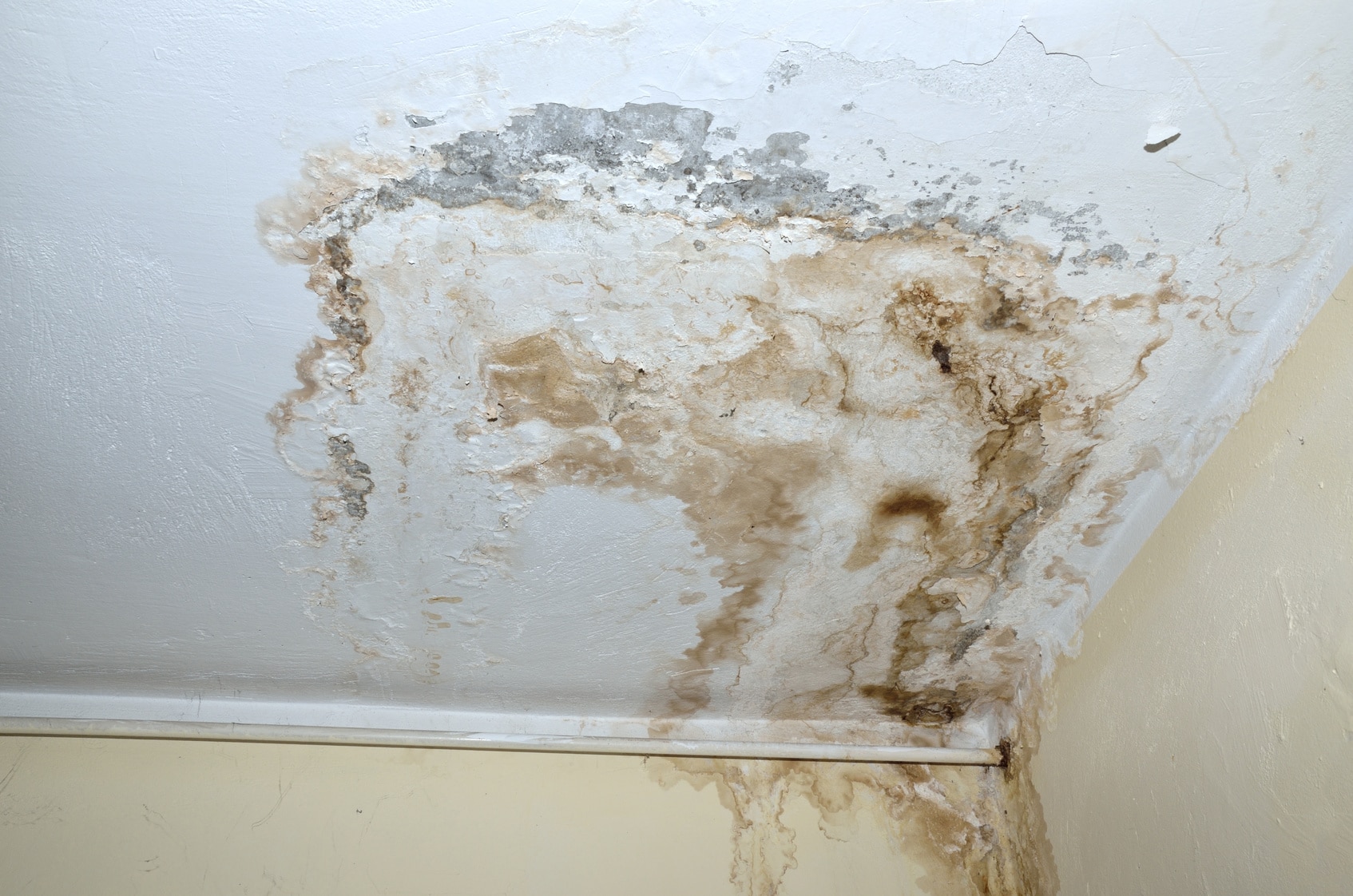
What is White Mold and Why is it Dangerous? | RestorationMaster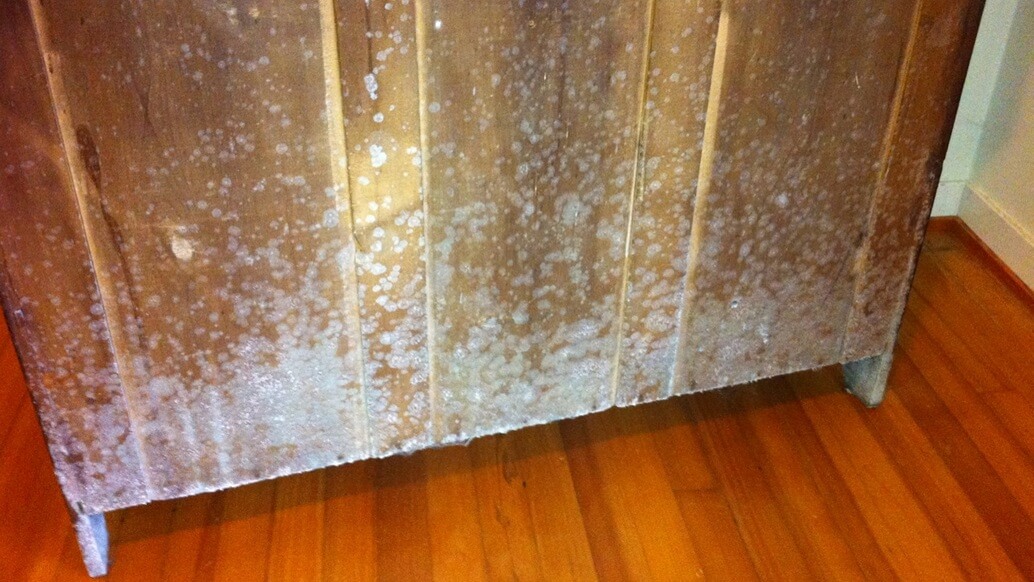
White Mold Growth in Your Home | Causes & Solutions - Environix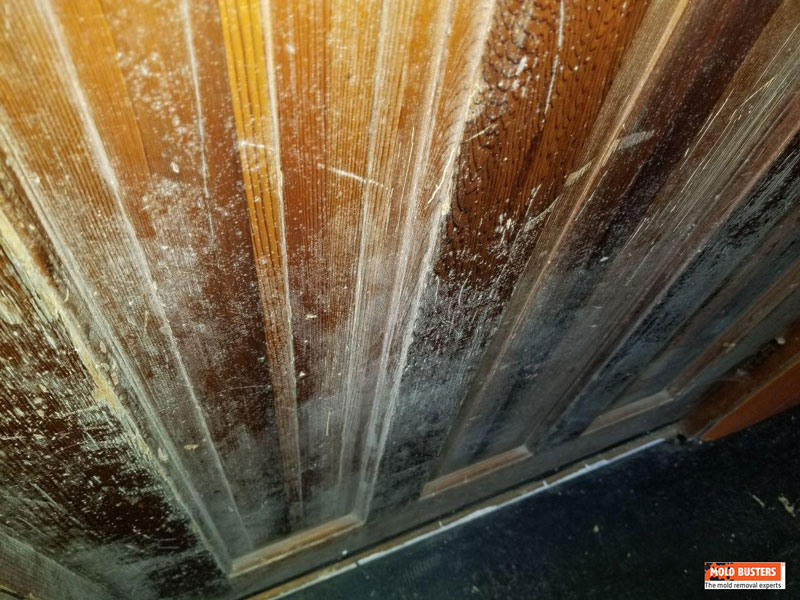
Is White Mold Dangerous? | How to Remove White Mold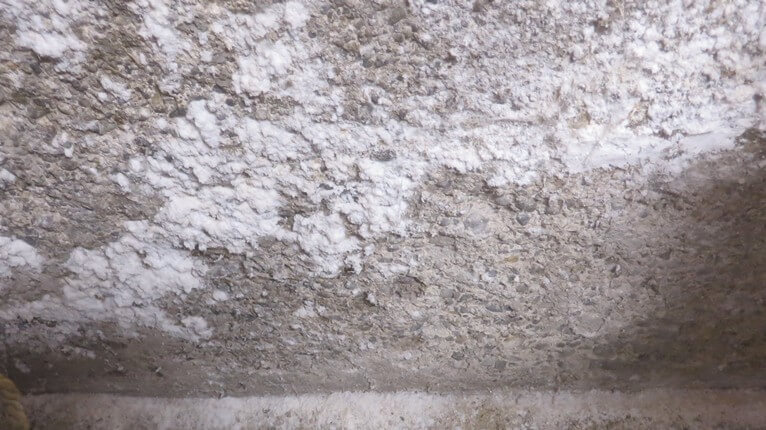
White Mold Growth in Your Home | Causes & Solutions - Environix
Do-it-yourself Mold Remediation: 3 Steps For Your House Clean-up | B-air
What Is White Mold and Is It Dangerous? - PuroClean HQ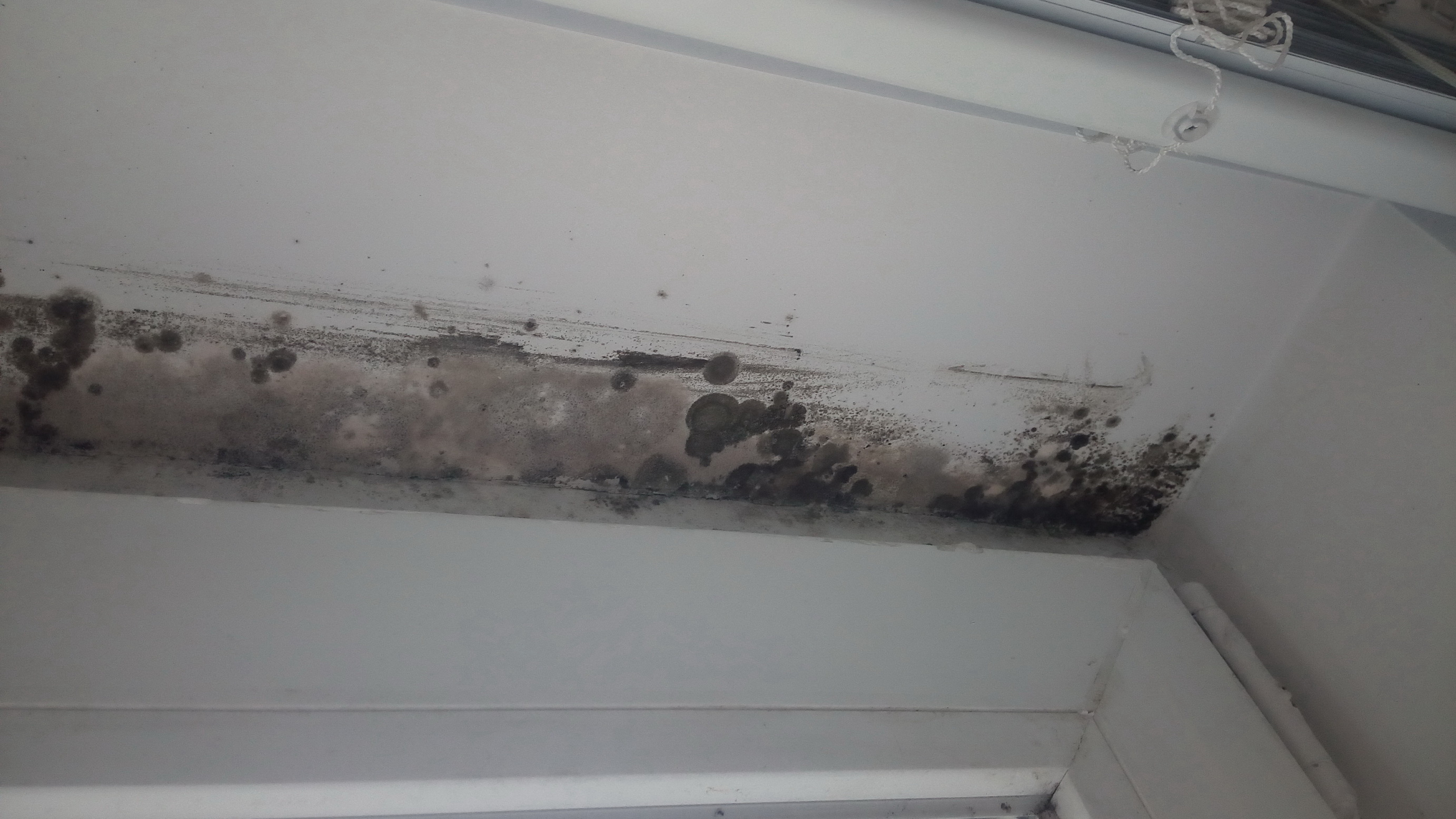
Indoor mold - Wikipedia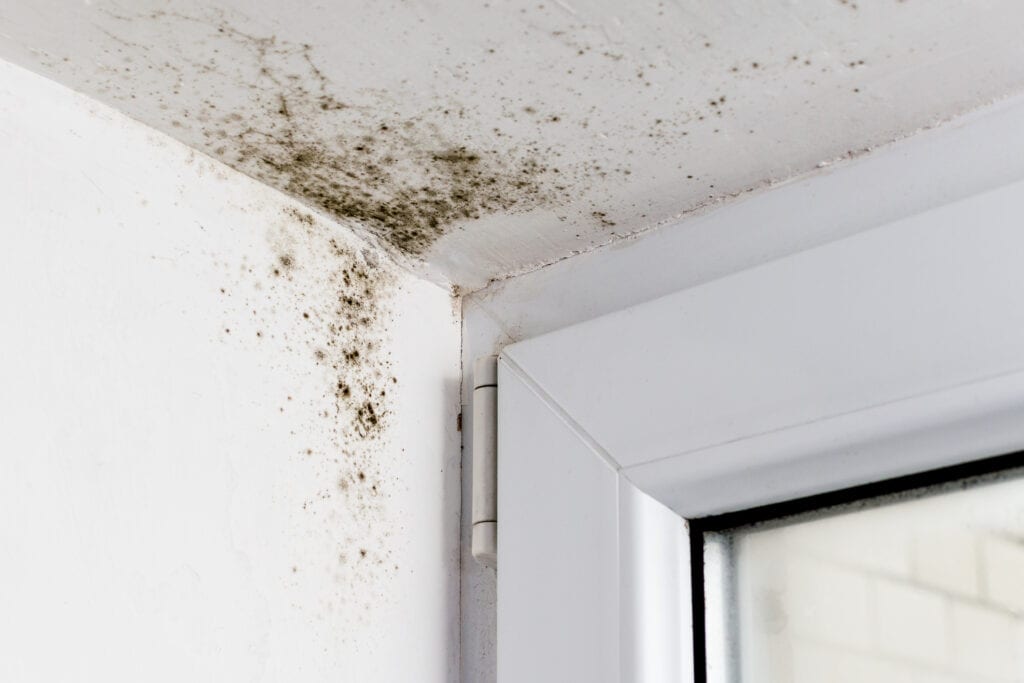
What to Do If You Find Mold
Is White Mold Dangerous? How to Get Rid of White Mold
The 12 Types of Mold: How to Recognize the Most Common Types
What does white or light-colored gray mold look like on building surfaces: Photographs of White Mold, & Gray Mold indoors. these Pictures aid in Mold Detection, Mold Identification, Mold Recognition in buildings?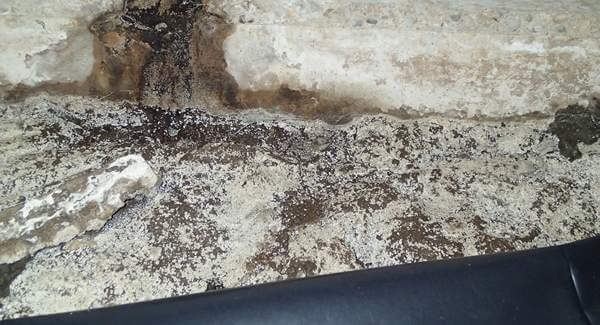
White Mold Growth in Your Home | Causes & Solutions - Environix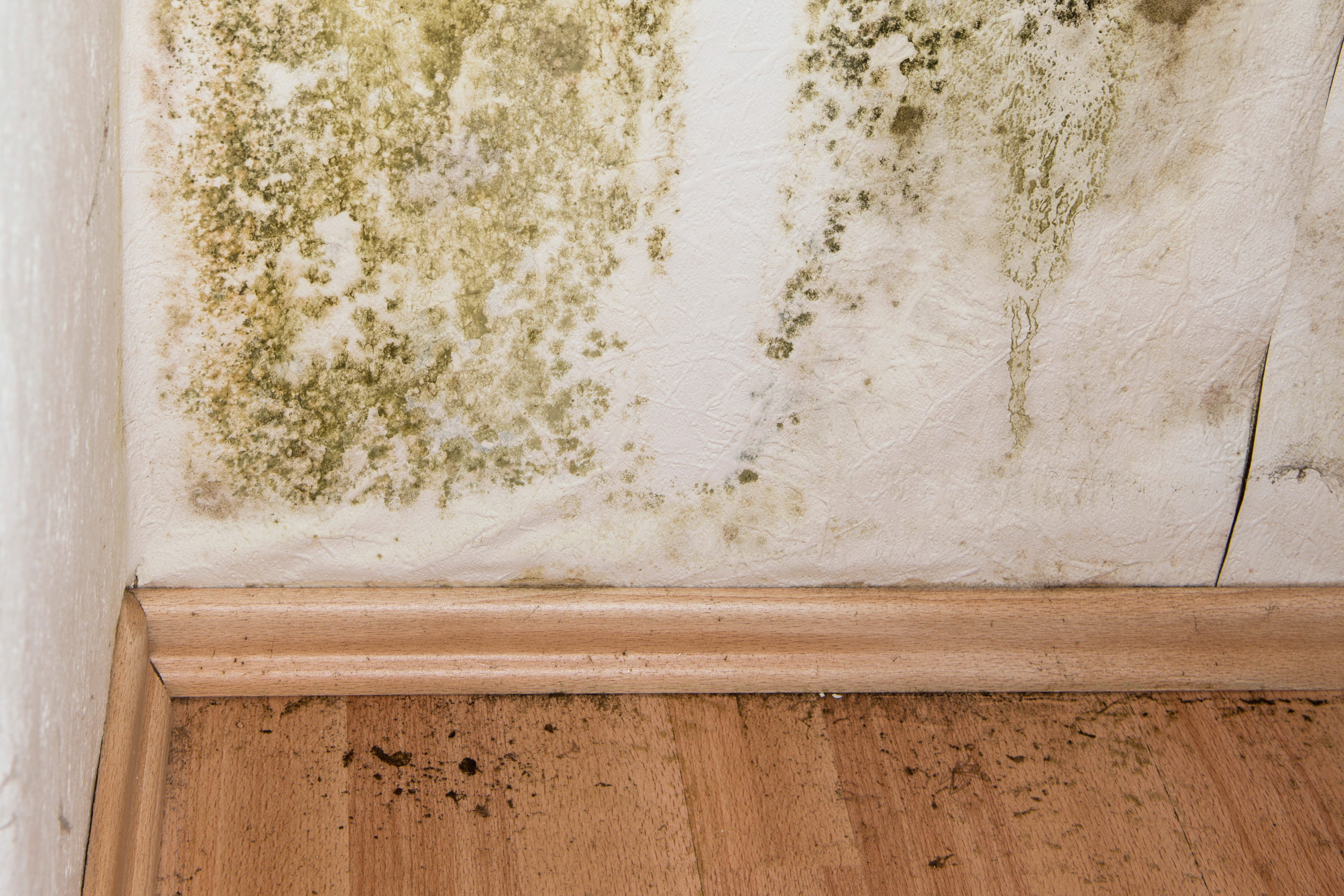
Mold Remediation Cost | Eliminating Mold in Household
How To Get Rid of Mold - Old House Journal Magazine
What does white or light-colored gray mold look like on building surfaces: Photographs of White Mold, & Gray Mold indoors. these Pictures aid in Mold Detection, Mold Identification, Mold Recognition in buildings?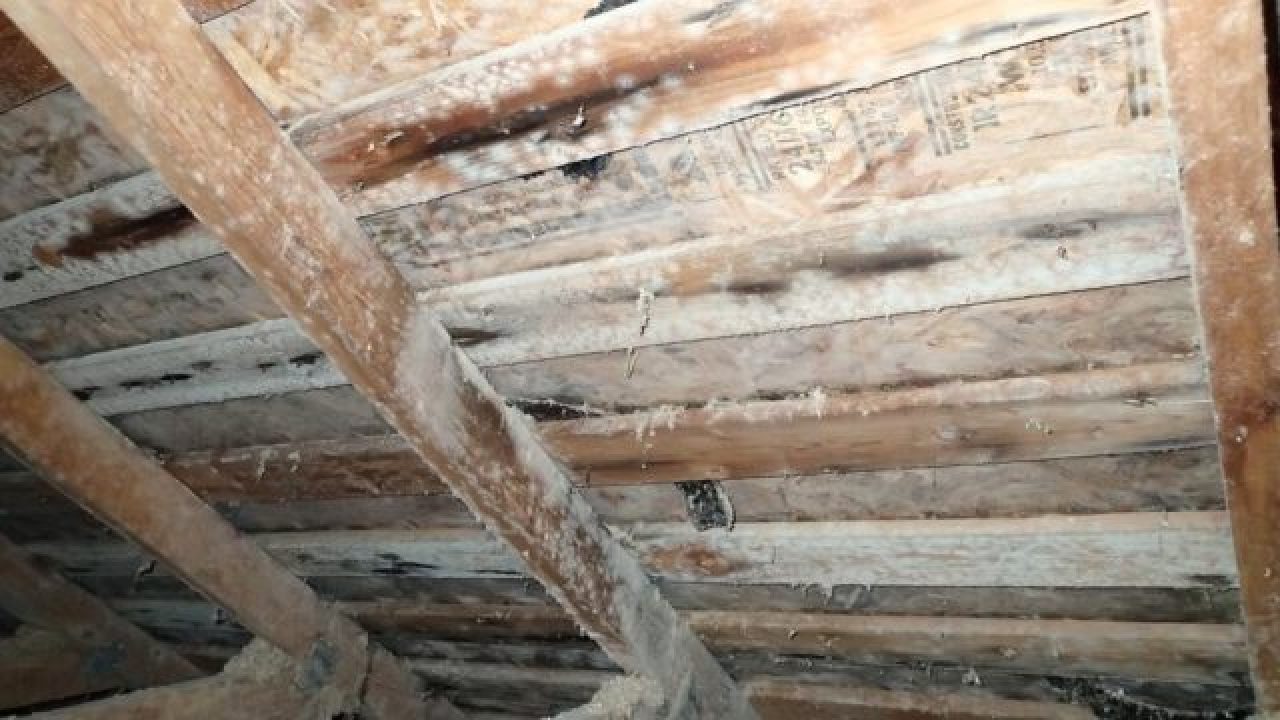
How to Get Rid of White Mold on Wood, Plants & Basement
12 Common Types of Mold in Homes | Where to Find Mold in Your House
Mold in House: Causes, Signs, Health Issues, Prevention, More
Hidden Mold Mites & Mold Spores Bites: What to Know
12 Common Types of Mold in Homes | Where to Find Mold in Your House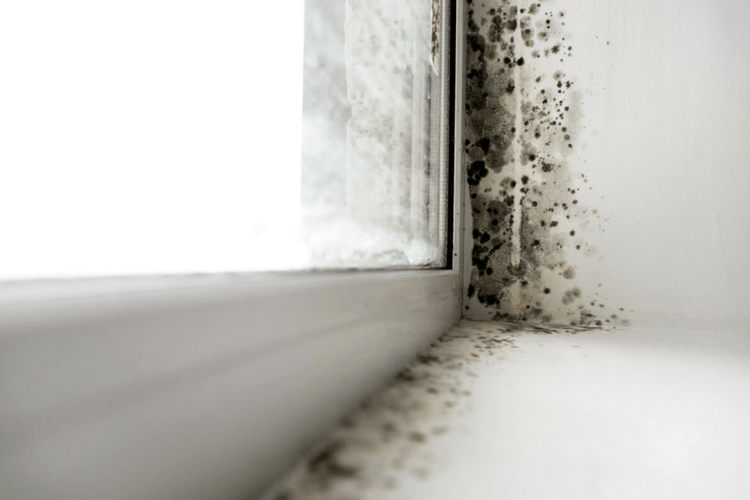
Mold Vs. Mildew: What's the Difference? | Gold Eagle Co.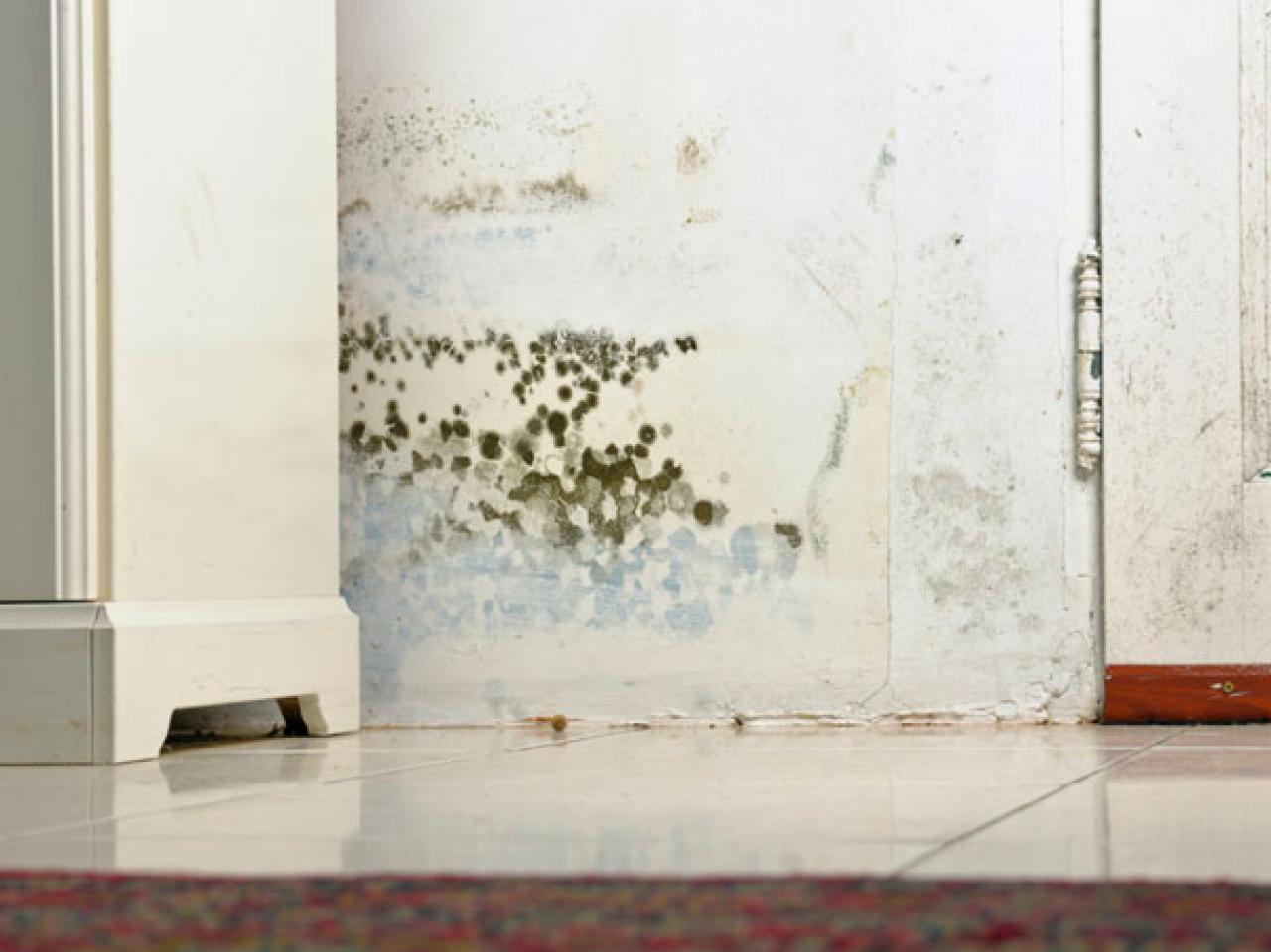
Common Types of Mold in Homes | HGTV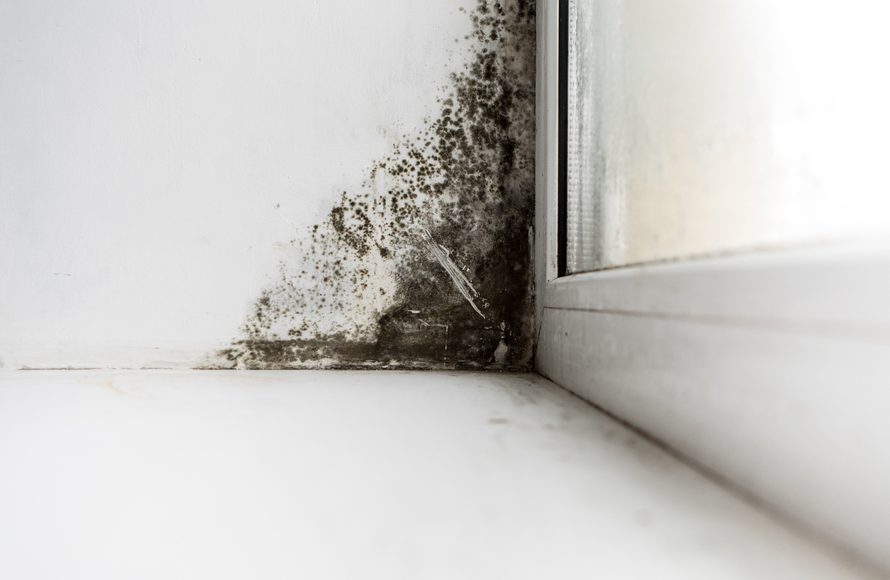
Mold Inspection 101: How Much It Costs and When to Get One | Molekule Blog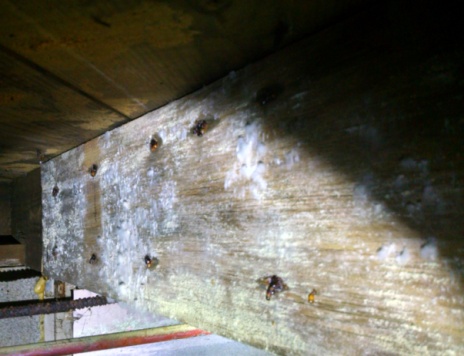
Mold or Efflorescence? .......How to Tell the Difference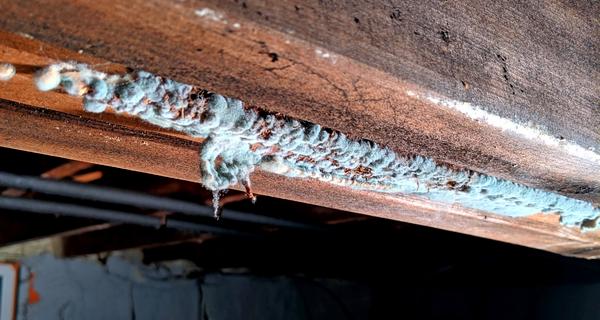
White Mold Growth in Your Home | Causes & Solutions - Environix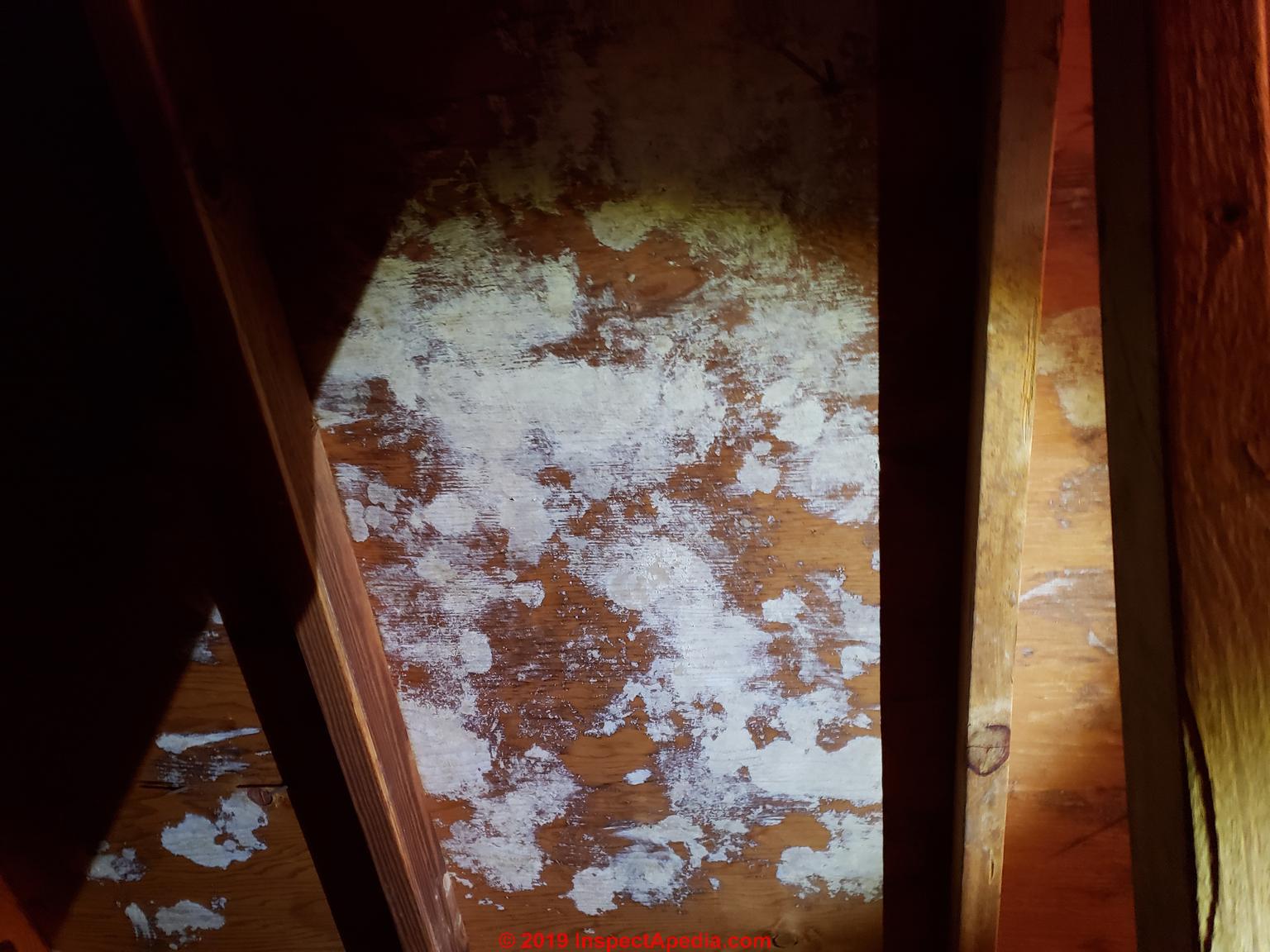
What does white or light-colored gray mold look like on building surfaces: Photographs of White Mold, & Gray Mold indoors. these Pictures aid in Mold Detection, Mold Identification, Mold Recognition in buildings?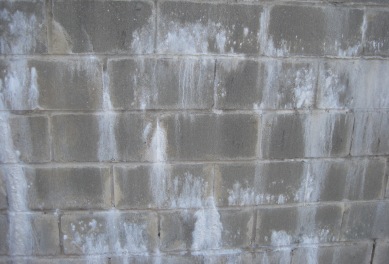
White Mold vs Efflorescence ......Differences, Dangers, Dealing with Mold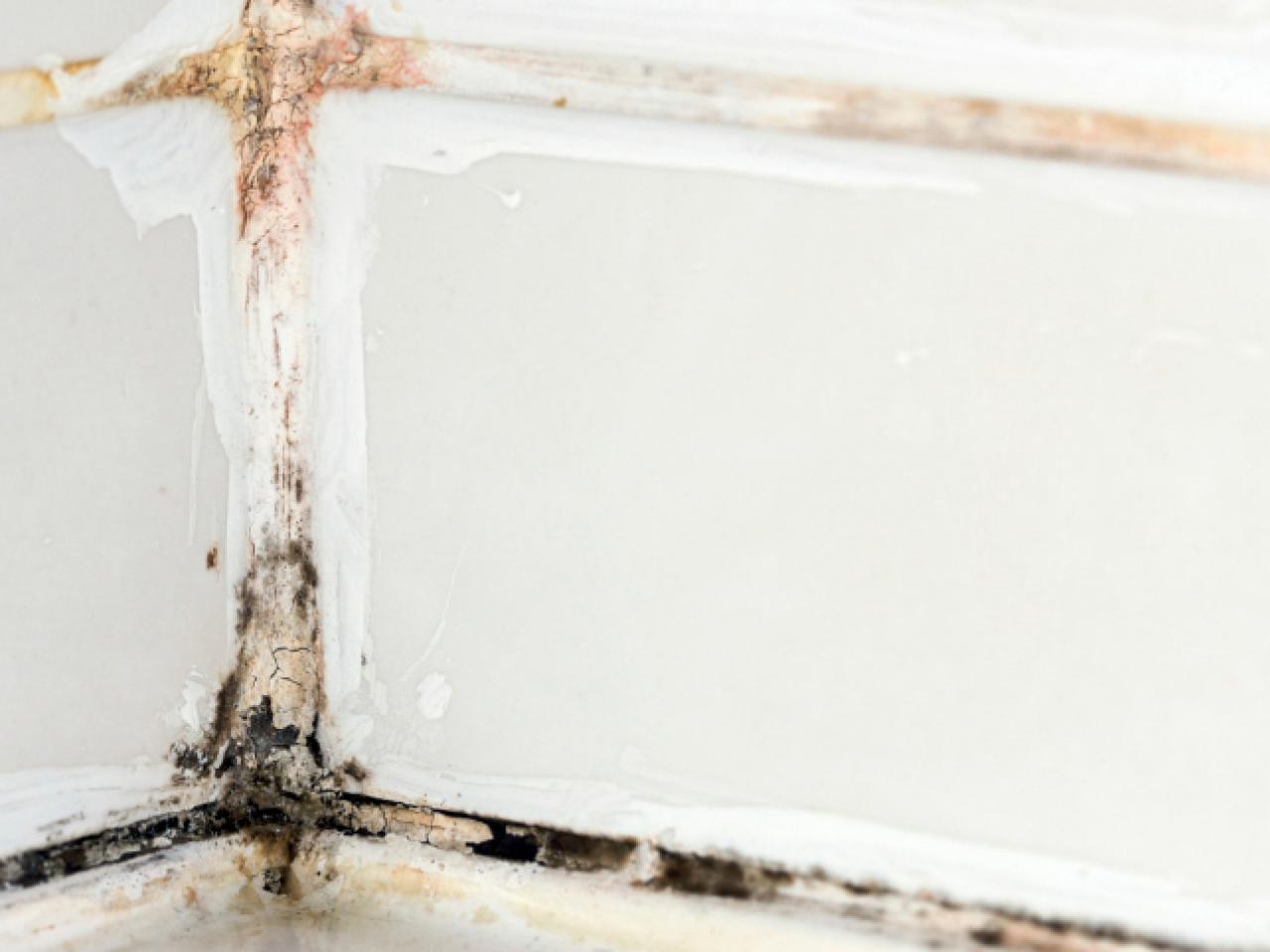
How to Remove Black Mold | HGTV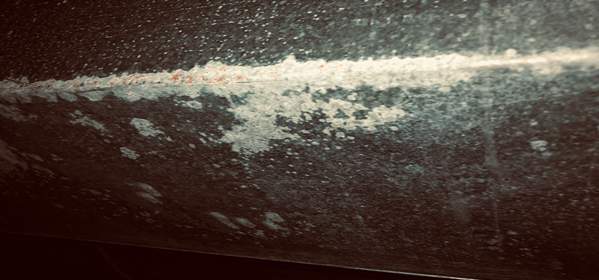
White Mold Growth in Your Home | Causes & Solutions - Environix
How Long Does It Take for Mold to Grow | RestorationMaster Finder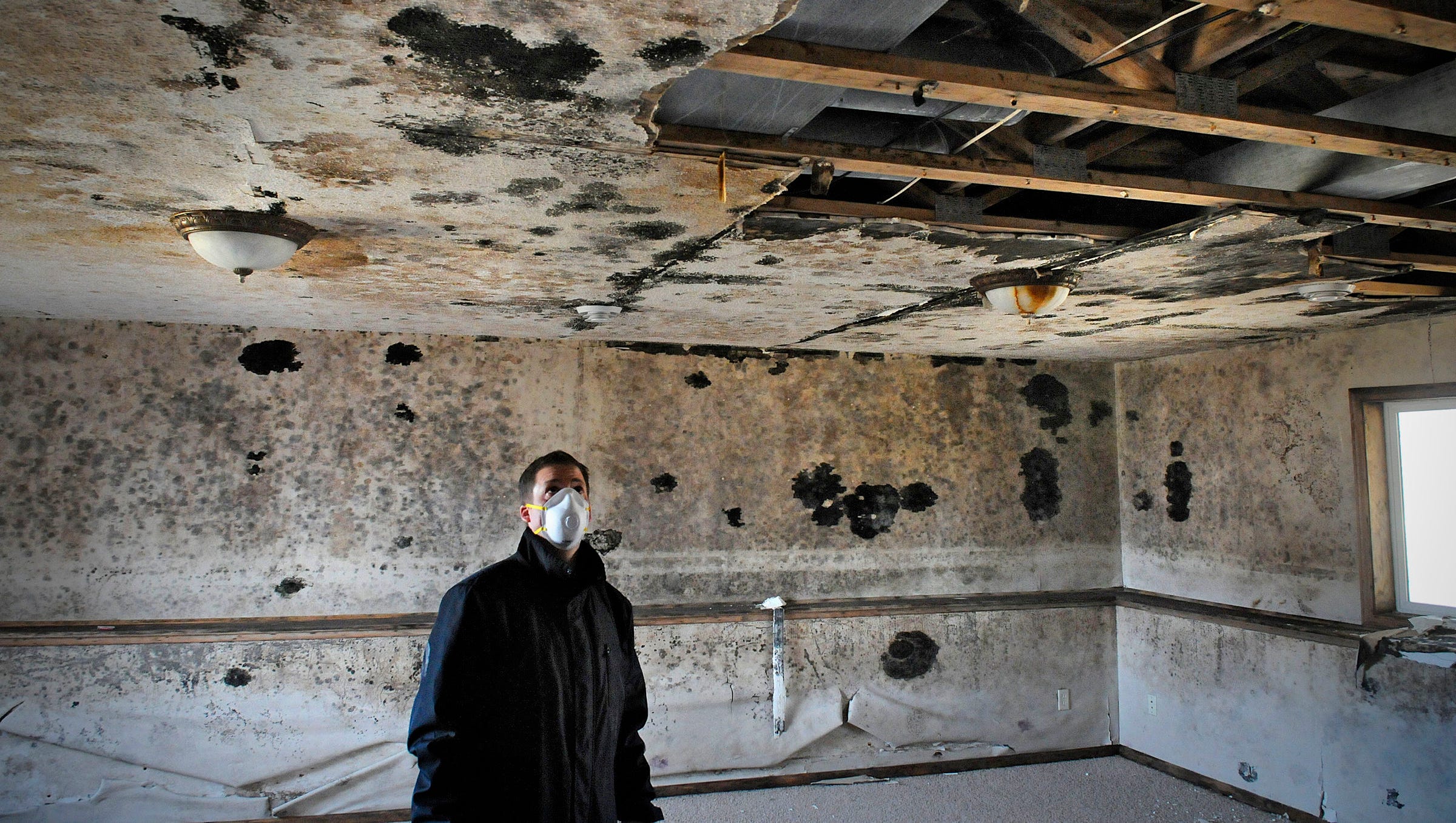
Mold in vacant homes poses health threat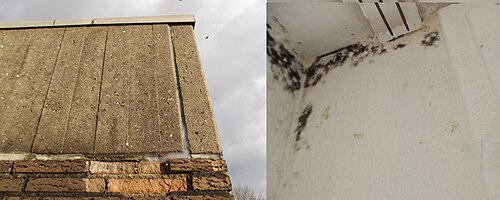
Mold - Wikipedia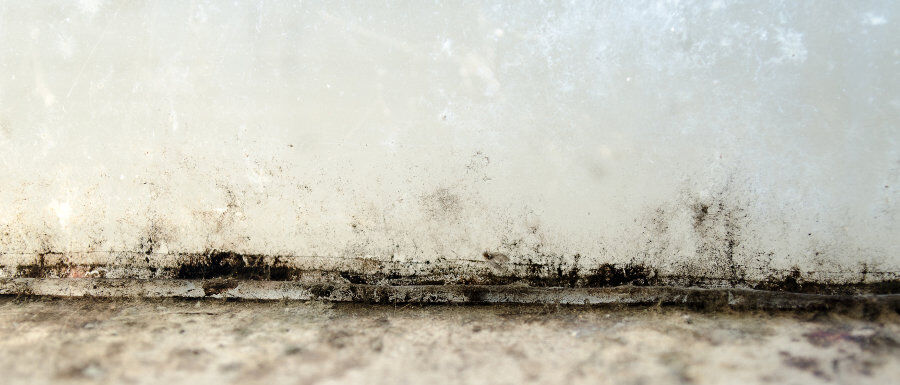
Top tips for getting rid of damp and mould | Never Paint Again
What is White Mold? - Mold Blogger
Mold in the home: how big a health problem is it?
How to Tell If Black Mold Is Hiding in Your Walls
What to Do If Your House Has Mold (Or You Think It Does) | US News
How to Clean Mold: Mistakes to Avoid | Angie's List
12 Common Types of Mold Found in the Home | ApartmentGuide.com
 White Mold Growth in Your Home | Causes & Solutions - Environix
White Mold Growth in Your Home | Causes & Solutions - Environix






































Posting Komentar untuk "white mold in houses"